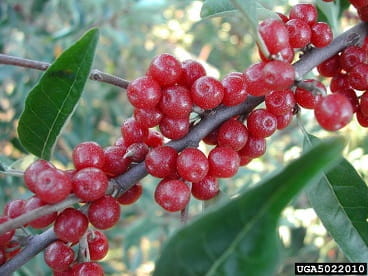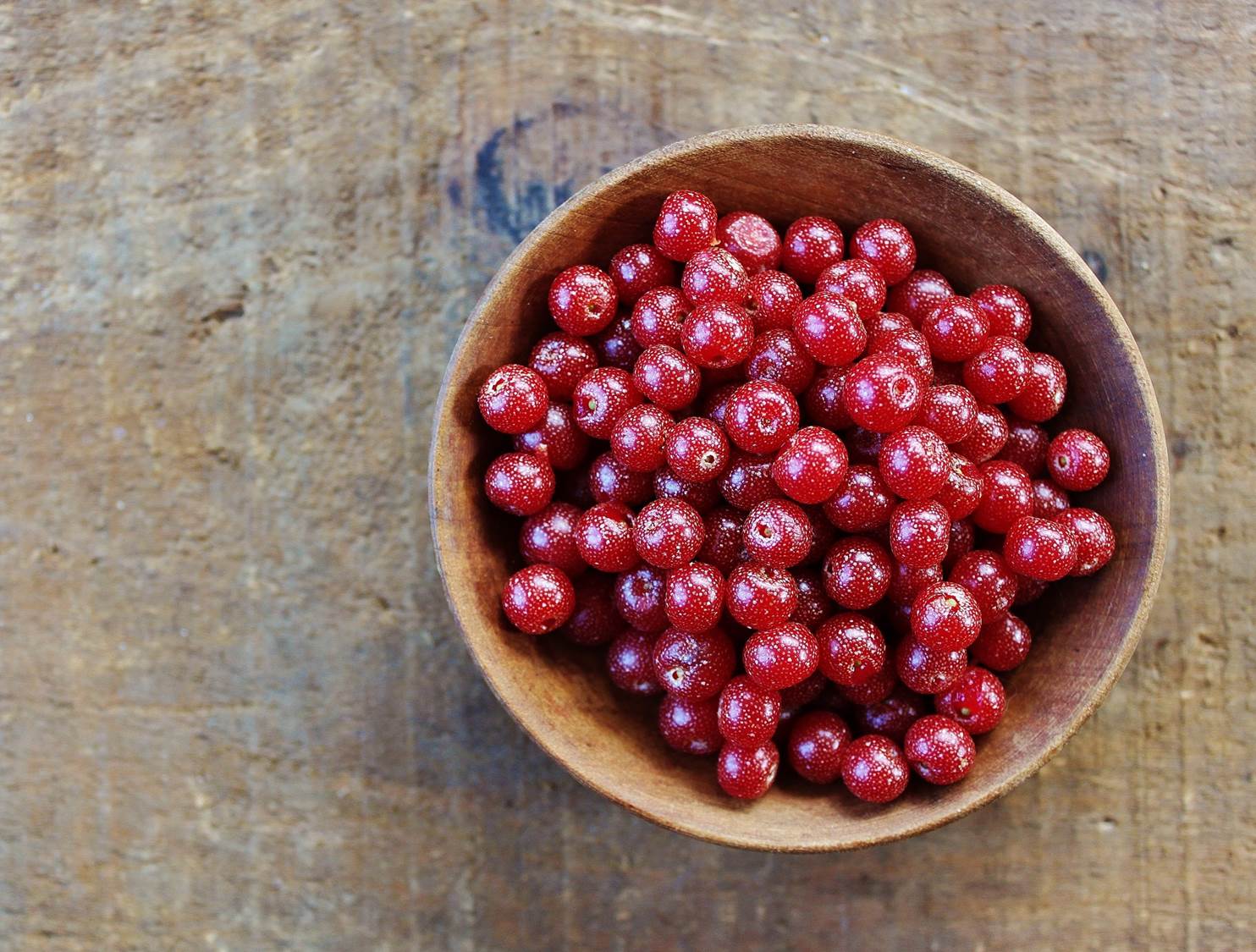Autumn Olive: The Ultimate Guide To Growing And Caring For This Beautiful Shrub
Autumn Olive: The Ultimate Guide to Growing and Caring for This Beautiful Shrub
Autumn olive (Elaeagnus umbellata) is a deciduous shrub that is native to Asia. It is known for its silvery leaves, fragrant flowers, and edible berries. Autumn olive is a fast-growing plant that can reach heights of up to 15 feet. It is drought-tolerant and can grow in a variety of soil conditions. Autumn olive is a popular landscaping plant because it is attractive and easy to care for.
Introduction
Autumn olive is a beautiful and versatile shrub that can be used in a variety of landscape settings. It is tolerant of a wide range of conditions, making it a good choice for both urban and rural areas. Autumn olive is also relatively pest- and disease-free, making it a low-maintenance plant.
In this article, we will discuss the basics of autumn olive care, including planting, watering, fertilizing, pruning, and pest control. We will also provide some tips on how to use autumn olive in your landscape.
Planting
Autumn olive can be planted in the spring or fall. Choose a site that receives full sun or partial shade. Autumn olive is tolerant of a variety of soil conditions, but it prefers well-drained soil. Amend the soil with compost or other organic matter before planting.
When planting autumn olive, dig a hole that is twice as wide and as deep as the root ball. Place the plant in the hole and backfill with soil. Water the plant thoroughly after planting.
Watering
Autumn olive is drought-tolerant, but it will need more water during the first year after planting. Water the plant deeply once a week during the first year. After the first year, you can water the plant less frequently.
Fertilizing
Autumn olive does not require a lot of fertilizer. A light application of fertilizer in the spring will help the plant to grow and bloom. You can use a balanced fertilizer, such as 10-10-10.
Pruning
Autumn olive can be pruned to maintain its shape or to control its size. Prune the plant in the spring or fall. Remove any dead, diseased, or damaged branches. You can also thin out the plant to allow more sunlight to reach the interior branches.
Pest Control
Autumn olive is relatively pest- and disease-free. However, it can be susceptible to scale insects and aphids. If you notice any pests, you can treat them with insecticidal soap or neem oil.
Using Autumn Olive in Your Landscape
Autumn olive is a versatile shrub that can be used in a variety of landscape settings. It can be used as a specimen plant, a hedge, or a screen. Autumn olive is also a good choice for erosion control.
Here are some ideas for using autumn olive in your landscape:
- Plant autumn olive as a specimen plant in your front yard. The silvery leaves and fragrant flowers will add interest to your landscape.
- Use autumn olive to create a hedge or screen. The dense foliage of autumn olive will provide privacy and security.
- Plant autumn olive along a walkway or driveway. The berries of autumn olive will attract birds and other wildlife.
- Use autumn olive to control erosion. The roots of autumn olive will help to stabilize the soil and prevent erosion.
Conclusion
Autumn olive is a beautiful and versatile shrub that is easy to care for. With proper care, autumn olive can add beauty and interest to your landscape for many years to come.
Autumn olive is a fast-growing, invasive shrub that can crowd out native plants. It is a problem in many parts of the United States, including California, Oregon, and Washington. If you have autumn olive on your property, you can help to control its spread by removing it. There are a number of ways to do this, including:
- Manual removal: This is the most effective way to remove autumn olive, but it can be labor-intensive.
- Herbicide treatment: There are a number of herbicides that can be used to kill autumn olive. Be sure to follow the label directions carefully when using herbicides.
- Biological control: There are a number of insects that can be used to control autumn olive. These insects are not harmful to native plants.
For more information about autumn olive and how to control it, please visit Home Gardening.
FAQ of autumn olive
- What is autumn olive?
Autumn olive (Elaeagnus umbellata) is a non-native, invasive shrub that is native to Asia. It was introduced to the United States in the early 1800s as an ornamental plant and for erosion control. However, it has since escaped cultivation and become widespread in many parts of the country.
- Why is autumn olive considered invasive?
Autumn olive is considered invasive because it can quickly outcompete native plants and alter the natural ecosystem. It grows rapidly and produces a large number of seeds, which are easily dispersed by wind and water. Autumn olive can also form dense thickets that shade out other plants and make it difficult for wildlife to move through the area.
- What are the negative impacts of autumn olive?
The negative impacts of autumn olive can include:
Reduced biodiversity: Autumn olive can crowd out native plants, which can lead to a loss of biodiversity.
Increased erosion: Autumn olive can contribute to erosion by creating dense thickets that trap water and prevent it from draining properly.
Reduced wildlife habitat: Autumn olive can make it difficult for wildlife to move through an area, and it can also provide food and shelter for invasive species.
Economic impacts: Autumn olive can damage property values and increase the cost of managing invasive species.
How can I control autumn olive?
There are a number of ways to control autumn olive, including:
- Manual removal: Autumn olive can be removed by hand, but this can be a time-consuming and labor-intensive process.
- Chemical control: Autumn olive can be killed with herbicides, but it is important to use herbicides that are specifically labeled for use on autumn olive.
- Biological control: Biological control involves using insects or other organisms to control the spread of autumn olive.
- Integrated pest management (IPM): IPM is a more comprehensive approach to controlling autumn olive that combines a variety of methods, such as manual removal, chemical control, and biological control.
Image of autumn olive
10 different images of autumn olive that are free to use:
- Autumn olive shrub with silvery leaves and yellow flowers.

- Close-up of autumn olive leaves showing their silvery undersides.

- Autumn olive shrub with red berries in autumn.

- Autumn olive berries on a white background.

- Autumn olive tree with silvery leaves and yellow flowers.

- Autumn olive tree with red berries in autumn.

- Autumn olive tree growing in a forest.

- Autumn olive shrub with silvery leaves in winter.

- Autumn olive shrub with yellow flowers in spring.

- Autumn olive shrub with red berries in summer.

Post a Comment for "Autumn Olive: The Ultimate Guide To Growing And Caring For This Beautiful Shrub"